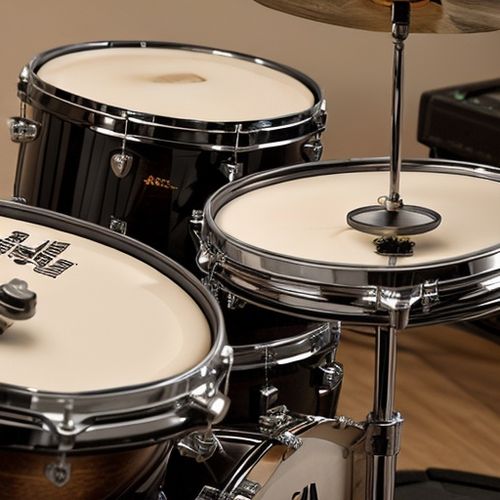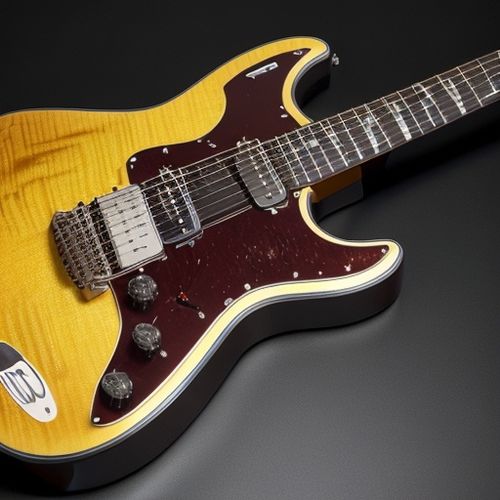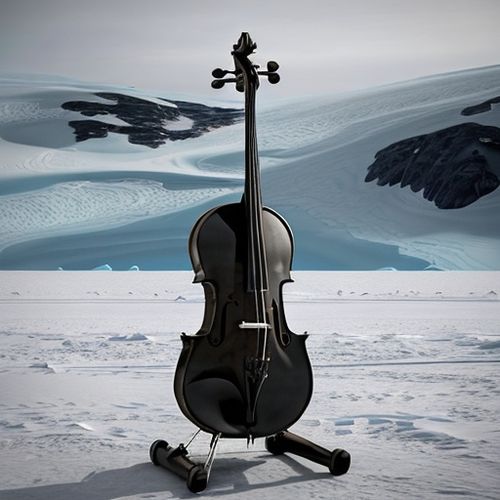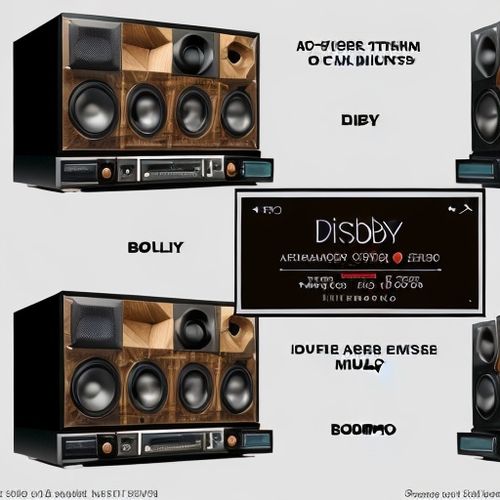The delicate art of restoring historical fortepianos faces an unprecedented crisis as the centuries-old craft of manufacturing gut strings nears extinction. These slender strands, painstakingly made from sheep intestines, were the lifeblood of keyboard instruments during the 18th century, producing the crystalline tones that defined the soundscapes of Mozart, Haydn, and early Beethoven. Today, fewer than a dozen artisans worldwide possess the arcane knowledge to recreate authentic gut strings for period instruments, leaving conservators scrambling to preserve both musical heritage and vanishing craftsmanship.
Walking through the hushed halls of Vienna's Kunsthistorisches Museum, one encounters a 1785 Walter fortepiano that once belonged to Wolfgang Amadeus Mozart. The instrument's restoration team recently made a disturbing discovery - its original gut strings had deteriorated beyond repair, and replacements meeting historical specifications proved nearly impossible to source. "We're not just losing materials, we're losing an entire auditory universe," explains Dr. Elisa Cortese, the lead conservator. "Modern steel or nylon strings fundamentally alter the instrument's character. That shimmering, slightly unstable quality that makes early pianos sound like they're breathing? That comes from the gut."
The process of creating musical-grade gut strings remains virtually unchanged since the Renaissance. Selected sheep intestines undergo days of soaking in alkaline solutions, hand-scraping to remove mucous membranes, and meticulous twisting into perfectly round diameters. Master string maker Luigi Girotti, whose family has practiced the craft in Naples since 1723, describes the critical final step: "The gut must be polished with horsetail reed while still damp. Any modern substitute leaves microscopic abrasions that deaden the overtones so crucial for Baroque and Classical repertoire." His workshop, one of only three still producing gut strings for keyboards, faces closure as apprentices abandon the grueling, low-paying trade.
Scientific analysis reveals why synthetic alternatives fail to replicate gut's unique properties. High-resolution microscopy shows how the collagen fibers in properly processed intestines form a helical structure that vibrates with complex partials, creating the "bloom" so prized by period instrument performers. Materials engineer Dr. Hiroshi Tanaka's recent study demonstrated that even the most advanced polymers produce 20-30% fewer audible harmonics in the critical 2-4 kHz range that gives early pianos their vocal quality.
The crisis extends beyond musical authenticity. Several museum conservators reported that improperly strung historical instruments actually suffer physical damage over time. "Gut strings exert about 30% less tension than modern equivalents," notes Boston-based restorer Jonathan Adler. "When we're forced to use nylon or steel, it gradually warps the soundboard and bridge. We've seen original 18th-century soundboards crack within five years of improper restringing." The Metropolitan Museum of Art recently postponed restoration of their priceless 1747 Silbermann fortepiano indefinitely due to lack of appropriate strings.
Some institutions have turned to radical solutions. The Musée de la Musique in Paris has begun cryogenically preserving samples of original gut strings from their collection, hoping future technology might allow replication. Meanwhile, a German-Austrian initiative called "Gutwerk" attempts to document surviving string-making techniques through 3D motion capture and spectral analysis of the masters' movements. Project leader Klaus Bauer admits the limitations: "We can record every hand motion, but the maker's decades of tactile judgment - knowing exactly when the gut has soaked enough, or how much twist to apply - that resists digitization."
Ironically, the crisis coincides with growing demand for period-authentic performances. Early music festivals worldwide report record attendance, and labels like Harmonia Mundi see Baroque repertoire outselling contemporary classical recordings. This renaissance has made the string shortage particularly acute, with wait times for custom gut strings now exceeding three years. London-based fortepianist Rebecca Whitlock describes the dilemma: "I've had to cancel concerts because a single string broke. The replacements either sound wrong or require completely readjusting the action. It's like asking a violinist to perform Beethoven on a Stradivarius strung with rubber bands."
Perhaps most alarmingly, the knowledge gap extends to understanding how original strings were used. Recent discoveries in the archives of Dresden's Zwinger Museum suggest 18th-century makers employed different string types across a single keyboard - a practice lost to history. Conservator Matthias Vogel explains: "The bass might use copper-wrapped gut, the middle range pure gut at varying thicknesses, and the top octaves possibly even silk. We find stringing charts indicating this, but no living tradition explains the reasoning behind these choices."
As the last practitioners age - the youngest master string maker is 57 - institutions race against time. The European Union recently granted emergency cultural heritage status to gut string making, providing modest funding for apprenticeship programs. Yet the work remains grueling; trainees must develop what Venetian string maker Sofia Gallo calls "the gut feeling" - literally. "Your hands learn to judge fiber quality by touch, like a midwife assessing a pregnancy. No machine can detect the subtle differences that make one batch of intestines perfect and another useless."
The stakes transcend musical preservation. Each vanished craft represents a rupture in humanity's tactile connection to history. As Dr. Cortese reflects while studying Mozart's piano: "When we lose these techniques, we don't just lose sounds. We lose the physical vocabulary through which genius once spoke. That Walter fortepiano isn't an artifact - it's Mozart's collaborator, and we're failing both of them." The quiet crisis of the gut string reminds us that some threads, once broken, may never be rewoven.

By Olivia Reed/Apr 13, 2025

By William Miller/Apr 13, 2025

By Amanda Phillips/Apr 13, 2025

By Megan Clark/Apr 13, 2025

By Joshua Howard/Apr 13, 2025

By Samuel Cooper/Apr 13, 2025

By Elizabeth Taylor/Apr 13, 2025

By Eric Ward/Apr 13, 2025

By Emma Thompson/Apr 13, 2025

By Noah Bell/Apr 13, 2025

By Sarah Davis/Apr 13, 2025

By Eric Ward/Apr 13, 2025

By Daniel Scott/Apr 13, 2025

By Benjamin Evans/Apr 13, 2025

By Elizabeth Taylor/Apr 13, 2025

By Grace Cox/Apr 13, 2025

By Megan Clark/Apr 13, 2025

By Benjamin Evans/Apr 13, 2025

By Thomas Roberts/Apr 13, 2025

By Sarah Davis/Apr 13, 2025